I’ve never come across Bristol Railwayana Auctions before now. Given that there are only two posters in their current sale, this is perhaps not so surprising.
They are, however, about to auction this.
It’s image-free and tatty (and the best thing that the catalogue can find to say about it is that it has a ‘superb GWR roundel in the centre’. Which it does.
But it’s also a brand new bit of evidence in my never-ending quest to find out How Posters Survive (most comprehensive outline of which is here). Until now, I don’t think I had any record of the GWR selling posters, and yet here they are, at some point in the 1930s judging from the graphic design, selling Double Royal and Quad Royal posters to the public. I’d like to order this one, if you don’t mind, and will be writing to the Superintendant of the Line forthwith.
From which the main conclusion is that almost all the posters which survive in any number were sold to the public one way or another. And that this is something that requires some proper archival research. Preferably by me. If anyone has a grant going, please let me know.
Also at the Bristol auction is this:
Colour Blindness test with skeins of wool etc. in original box which is not marked, but was rescued by a Bristol Barrow Road fitter, also in the bottom of the box a loco repair card from BBR loco no 9711
Which I find intriguing, because surely the time for a colour blindness test is not when you are already that close to the locomotive? Perhaps someone can enlighten me,
I’ll be going through more of the railwayana auctions next week, but GCRA is tomorrow, and so cannot wait.
Fortunately for both my bank account and my need to get this post out quite fast, there is not a lot to report. Well there are tons of posters, but they are mostly quite bland.
Except this one, which is making me laugh for all the wrong reasons.
The only poster I am remotely drawn to is this Amstutz, but then he’s always good value.
Although I’ve never seen this Worcestershire one before, and I would have noticed it as it is a pretty exact representation of my grandmother’s cottage. Sadly I don’t think it actually is hers, as it’s just a bit too far south, but it’s a close run thing.
Weirdly, the same poster is also coming up at the GWRA auction in November, whose preview looks a lot more exciting. But I’ll deal with that, and much else besides, anon.
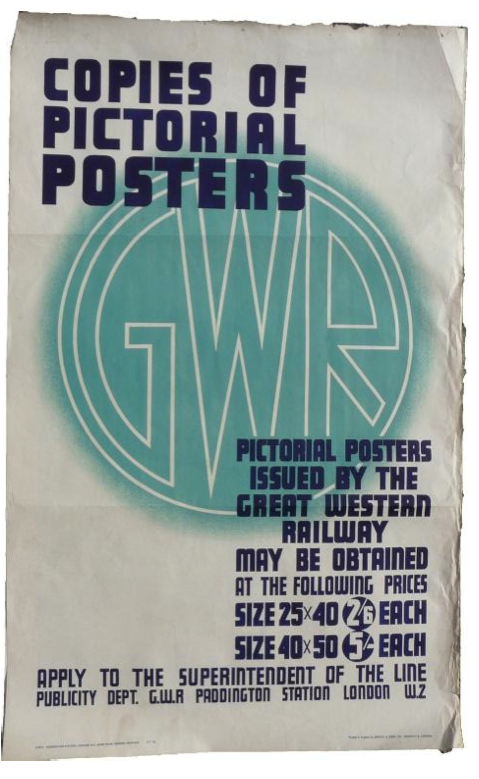
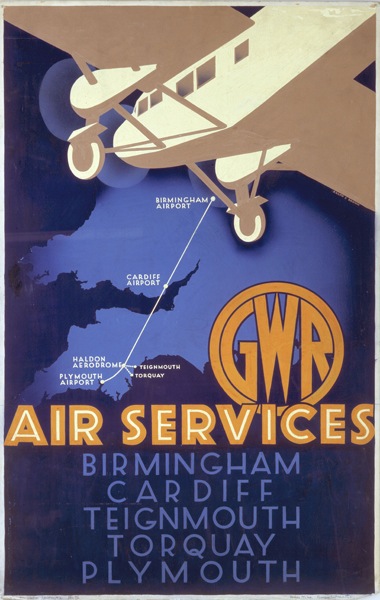

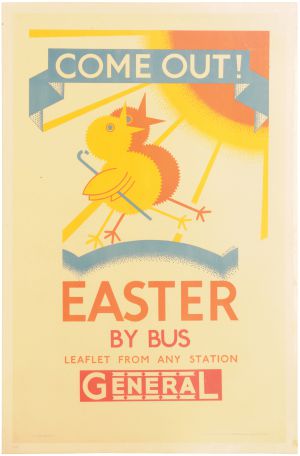
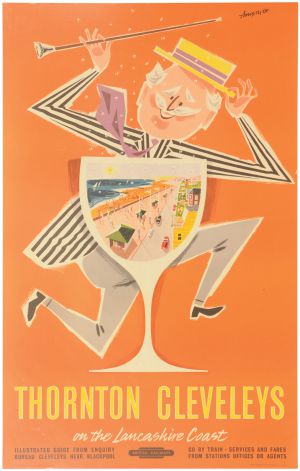
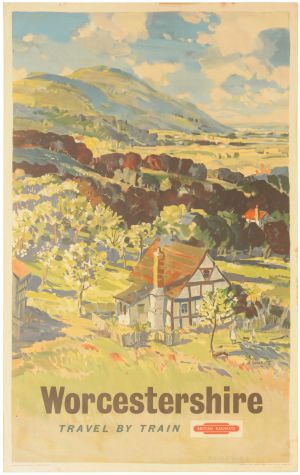
The GWR monogram was introduced in late 1934.
So far as the wool is concerned:
Up to the 1960s there was a laid down line of progression within the locomotive departments of the railways, from engine cleaner, to fireman, to driver. Drivers had to have accurate colour vision [for reading signals, which, then as now, used red, green and yellow – the most common pattern of male colour blindness is red/green, followed, I think, by blue/yellow]. So when a potential new recruit was interviewed by the GWR locomotive department, his colour vision was tested, by giving him a box of bits of variously coloured wool which he was asked to sort into the different colours. I assume, but don’t know, that something similar happened on the other railways. Recruitment was often done locally by word of mouth [via family or neighbours, as the GWR generally preferred taking on people who already had some sort of connection to the railway and were introduced by a staff member], so most, if not all, large locomotive sheds at least would have had such a box of wool.
Thank you for both of those bits of information, much appreciated. Perhaps I should buy the wool and have a go myself!